A drill press vise is a handy tool to have in your workshop as it allows you to make precise cuts and drill holes with ease. From clamping workpieces to creating intricate designs, this comprehensive guide will show you how to get the most out of the drill press vise and unlock its full range of capabilities. So if you’re looking for tips on using a vise more effectively, keep reading!
What is a Drill Press Vise Used for?
Drilling
Use the correct size of bit for your application. You also need to make sure that you have the correct depth and angle settings. Once these settings are set, you can then start drilling. It’s best practice to use a drill bit that is slightly smaller than the hole, as this will reduce the chances of splitting or cracking your wood.
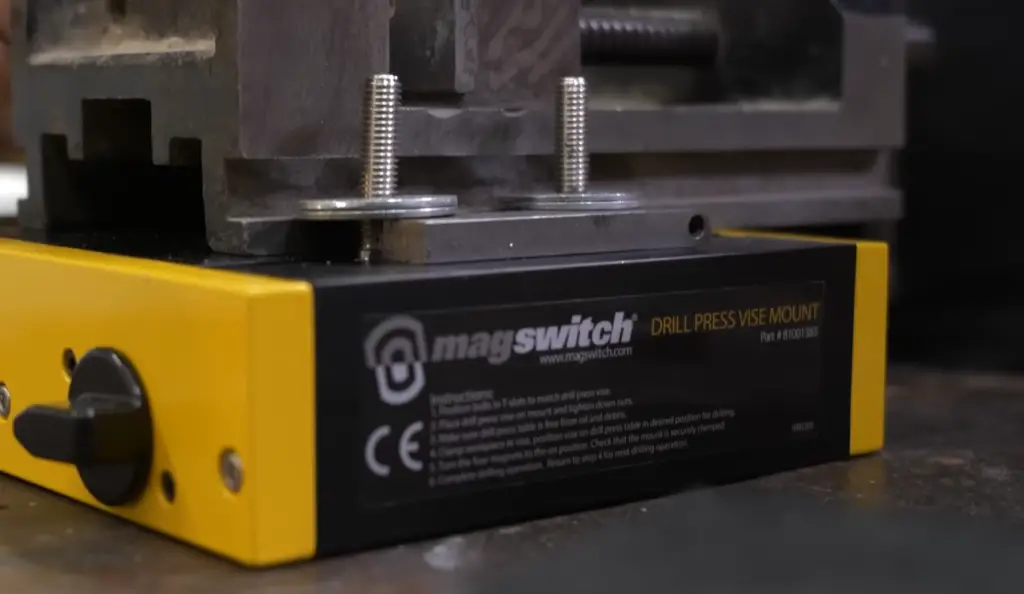
It’s also important to ensure that you are drilling straight and not at an angle. To keep a bit from wandering off course, it is helpful to set a stopper on the vise arm. This will act as a guide for your bit and help you to stay on the correct path while drilling.
Gluing
The vise can be used for gluing operations. When using a vise to glue pieces together, ensure that the surfaces are properly aligned before clamping them in place. To ensure alignment, you should use a square ruler or other measuring device before applying the glue. Once you have aligned your pieces, you can then use the vise to secure them in place and keep them firm until the glue sets.
Sawing
The vise can also be used for sawing operations. To use the vise as a saw guide, you will need to adjust your saw blade so that it is positioned at the appropriate angle. This will ensure that your cuts are accurate and make it easier to control the direction of the blade while cutting. Once you have set up your saw blade, you can then secure the workpiece in place in the vise and begin cutting.
Sanding or filing
The vise can also be used for sanding or filing operations. When using it in this capacity, ensure that you use high-quality abrasive paper or cloth. This will ensure that your surfaces are properly smoothed and finished. Additionally, make sure that you adjust the angle of the bit or file so that you get the most efficient results.
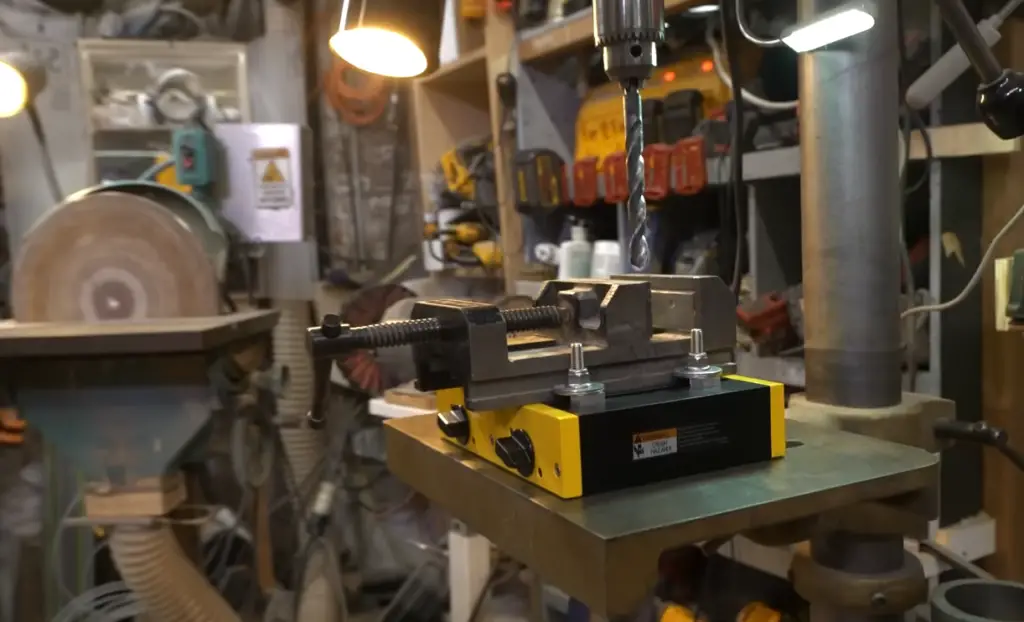
Adjusting or screwing
You can also use the vise for adjusting or screwing operations. This is especially useful when working with small screws or other fasteners that may be difficult to hold with your hands. By securing the workpiece in place in the vise, you’ll be able to get a better grip and make sure that your screws are properly tightened.
Cutting conduit
The vise can also be used for cutting conduit. To do this, you’ll need to adjust the vise so that it is parallel with your pipe or conduit and use a special bit designed for cutting metal. Once you have set up the vise, you can then cut your conduit as needed. This can be a great way to get precise cuts on materials that may otherwise be difficult to work with.
Metalworking
Finally, the vise can also be used for metalworking projects. When working with metal, it’s important to use a sharp bit and a lubricant to reduce friction and protect your workpiece from heat buildup. Additionally, you should make sure that the angle of the bit is properly adjusted so that you get precise cuts without damaging your project. [1]
How to Use a Drill Press Vise?
Using a drill press vise is a fast and efficient way to make precise cuts in metal, wood, plastic or any other material. Here are some tips on using the vise:
- When installing the vise onto your drill press, use the correct size screw for the model you have so that it fits securely.
- It’s important to keep the vise lined up straight in order to make accurate cuts. Make sure that the sides are aligned properly by securing it with two bolts and nuts, and adjusting for proper alignment as needed.
- When tightening the vise down onto the material you’re working with, be sure not to over-tighten. Too much friction can reduce the accuracy of the cut and potentially damage the material.
- Drill bits come in diverse sizes and shapes, so it’s important to choose one that is appropriate for your material type and thickness. The shape of the bit also affects its performance, so be sure to select one that will create the desired hole size when working with different materials.
- Once the vise is secured and the bit chosen, it’s time to begin drilling. When pressing down on the drill handle, be sure to do so evenly and slowly, applying pressure in a consistent manner until you reach your desired hole depth.
- After each cut or hole is finished, remove any debris that may have accumulated on the drill bit and around the vise. This will help ensure optimal performance from your vise for future projects.
- With regular maintenance, your vise should last you a long time. Make sure to check it periodically for any wear or damage, as well as ensuring that all bolts and nuts are firmly tightened down. If necessary, lubricate the moving parts of the vise to keep it running smoothly.
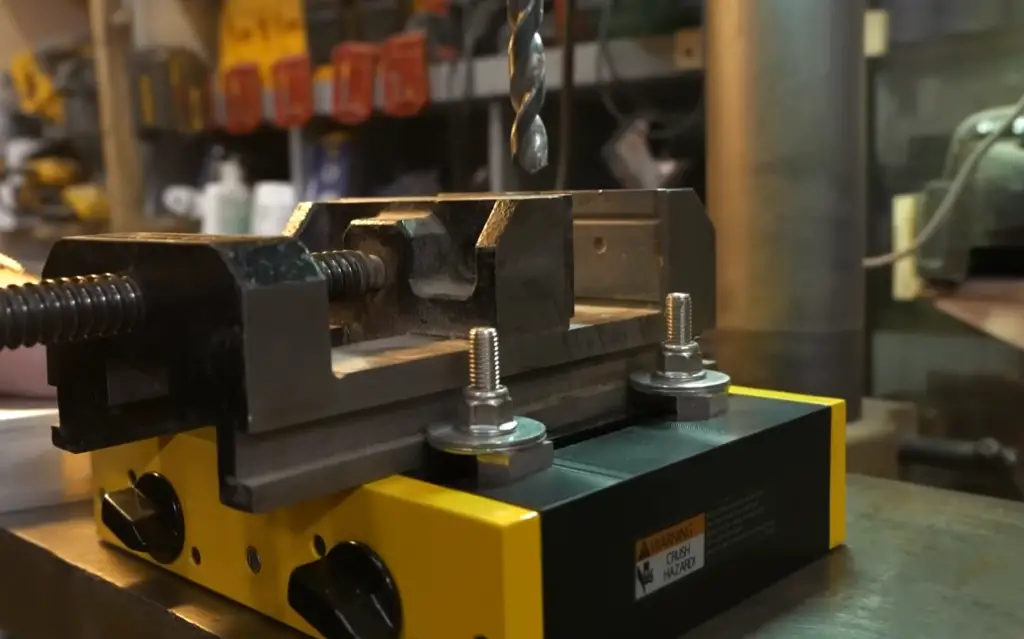
Using a drill press vise is an easy way to make precise cuts quickly and efficiently. With just some basic maintenance and care, you can get the most out of your vise for years to come.
Mark The Drill Point
One of the most important steps of using a vise is to mark your material for exact placement. This will ensure that you drill precisely in the desired spot. When marking, it’s essential to use a ruler or other straight-edge so that the mark is accurate and consistent. Additionally, always remember to wear safety glasses when drilling in order to protect your eyes from any debris and chips that may be created.
Once the mark is made, use a center bit to make a pilot hole for the larger bit you will use. This will help guide the larger bit safely into the material. If using multiple bits of different sizes, carefully insert each one in the exact spot you marked and make sure they are properly aligned with the vise before beginning your cuts.
Position The Workpiece Correctly
Before you start drilling, ensure the workpiece is properly aligned with the vise. If it is not, your cuts will be off and could lead to inaccurate results.
Once the alignment is correct, firmly secure the workpiece into the vise. Take care not to overtighten as this can cause damage to both the vise and the workpiece. On the other hand, ensure that it is snug enough.
Also be sure to adjust your drill speed to ensure optimal performance when working with different materials. A slow drill speed will reduce heat build-up and prolong the life of your bits as well as achieving the best results.
Clamp Properly
Using a drill press vise is a great way to secure your workpiece for drilling. However, it’s important that the vise is clamped properly in order to ensure accurate drilling and maximum safety. The first step is to make sure that the bottom of the vise jaws are parallel with the table surface. If not, use a feeler gauge to adjust the jaws until they are. Next, use a clamp to secure the vise onto the table and double-check that it is firmly attached. If you need more stability, consider using a pair of clamps for extra security.
To make sure that your workpiece is clamped tightly in the vise, use a wrench to turn the adjusting screw. This will help provide additional security and ensure that the desired results are achieved. After you’re done drilling, always remember to loosen the adjusting screw before unclamping the vise from the drill press table.
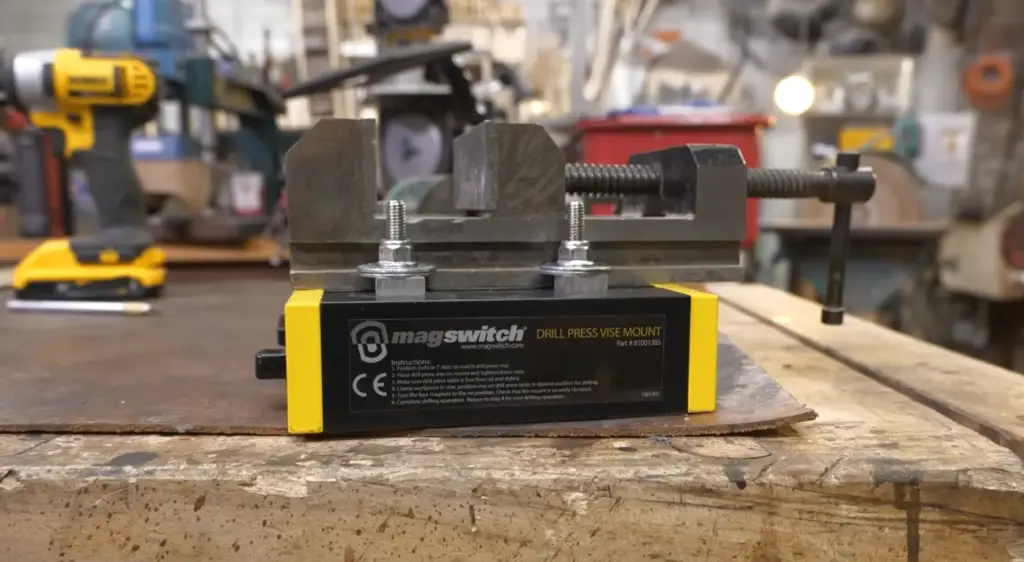
Attach The Vise To The Drill Press The Right Way
Ensure that your press table is clear of debris and obstacles before attaching the vise. Then, use a socket or Allen wrench to secure the vise firmly onto your press table. Depending on how complex your project is, you may need to use a spacer between the vise and drill press table. This will ensure that your workpiece is held in the correct position for optimum drilling accuracy.
After attaching the vise, make sure to double-check that it is securely fastened before starting any drilling. If you’re using an adjustable vise, be sure to adjust the jaws correctly and clamp securely. This will reduce any risk of injury or damage to your workpiece.
Drill The Hole
Now that you have your vise securely attached to the drill press, it’s finally time to start drilling! Use the right drill bit for your workpiece material and be sure to adjust the depth stop accordingly. Position your workpiece so that it is centered in the jaws of the vise, then slowly and gently begin drilling. Don’t apply too much pressure or speed, as this can cause your drill bit to wander and ruin the accuracy of your hole.
What is the Best Drill Press Vise?
When it comes to choosing the right vise, there are a variety of factors that need to be taken into consideration. While specific features vary from vise to vise, some common characteristics to look for include hardened steel jaws, easy adjustment and smooth operation. Additionally, adjustable drill press vises provide greater control and accuracy when drilling multiple holes in different locations.
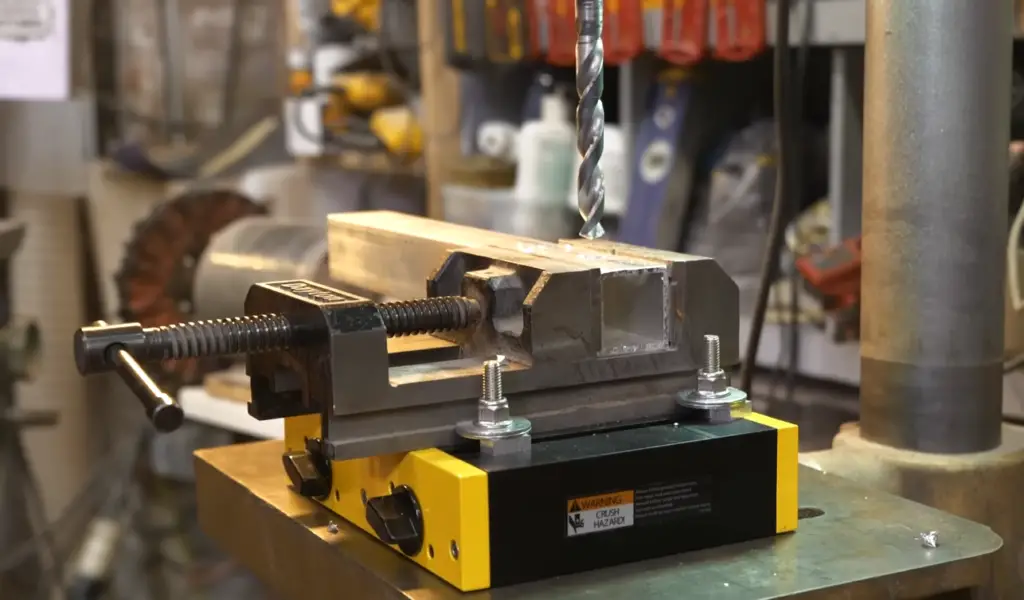
It’s important to choose a vise that is suitable for your specific drill press setup and the size of your workpieces. Additionally, it’s best to avoid using cheaper vises as these may not provide the accuracy or stability needed for more complex projects. Investing in a quality vise will ensure greater precision and accuracy for your drilling projects, making it a worthwhile investment.
FAQ
How do you clamp down a drill press vise?
To clamp down a vise, position the base of the vise on the drill press table. Secure it in place using two large screws or bolts that are threaded into the slots located at the sides of the vise. Tighten these screws and bolts. Finally, use the handle at one end of the vice to tighten the jaws around your workpiece. This will ensure maximum precision and accuracy for your drilled holes. [3]
Do you need a vise for a drill press?
Yes, you absolutely need a vise for the drill press. Vises are an essential tool. Without a vise, it would be difficult to get accurate results from your drill press. A good quality vise will also provide additional features such as adjustable jaws and a handle that can be used to quickly clamp down the vise. [4]
What is the function of a drill vise?
The primary function of a vise is to secure a workpiece securely and accurately on the table of a drill press. In addition, it can be used for clamping, grinding, sawing and other operations that require accurate alignment and precision drilling. By using a vise, you are able to ensure that your material is held securely, making it easier to drill accurately and efficiently. [5]
When should you use a clamp on the drill press?
It is best to use a clamp on the drill press when you are drilling into materials such as metal, wood, or other hard surfaces. Clamps can provide an extra layer of security for your workpiece, and help ensure accuracy in where you are working. Additionally, using a clamp also helps prevent damage to the press table due to excessive force from the drill bit.
Useful Video: Show and Tell: Magswitch Drill Press Vise Mount!
Conclusion
Using a drill press vise can make your work easier and faster. Its wide range of uses include drilling, turning, grinding, sharpening, filing or sanding. With the right setup and regular maintenance, you’ll be able to get the most out of your vise and create professional-grade pieces with ease.
For the absolute best performance, use as high quality materials for your vise as possible. That means opting for aluminum or stainless steel vices to avoid corrosion and using hardened jaws that are designed specifically for drilling. If you’re looking for an upgrade, consider getting a swivel base vise which will provide even more flexibility in the types of projects you can tackle.
Properly maintain the vise by inspecting its components regularly and replacing any worn or broken parts in a timely manner. With these simple steps, your vise will last for years and help you create beautiful and precise pieces.
References
- https://www.ajaytools.com/what-is-a-drill-press-vise/
- https://www.christofix.com/how-to-use-a-drill-press-vise/
- https://www.buildeazy.com/attach-vise-to-drill-press/
- https://www.christofix.com/what-to-look-for-when-buying-a-drill-press-vise/
- https://www.wonkeedonkeetools.co.uk/vices/what-is-a-drill-press-vice






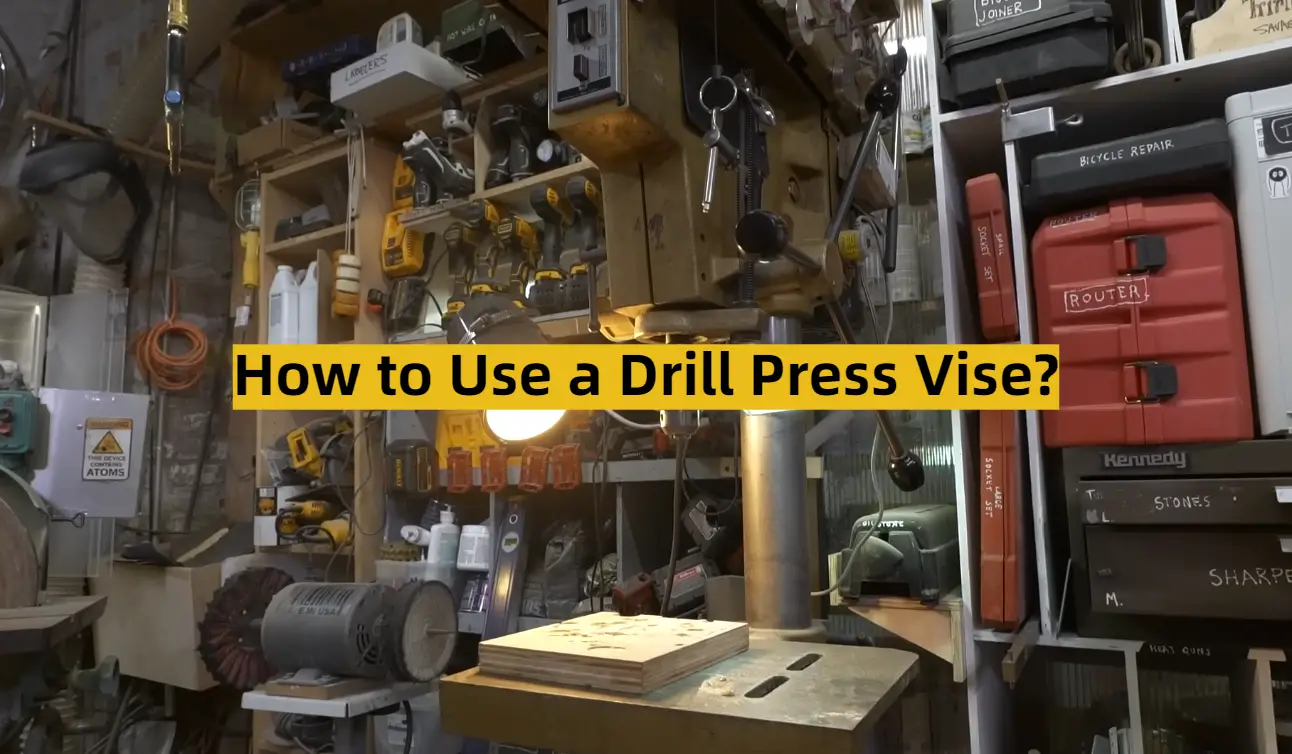




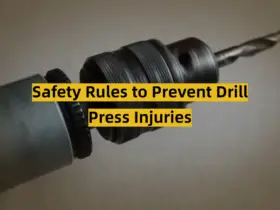
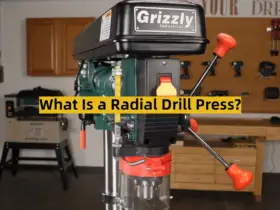
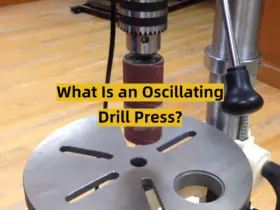
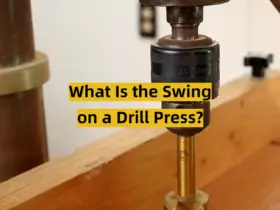
Leave a Reply